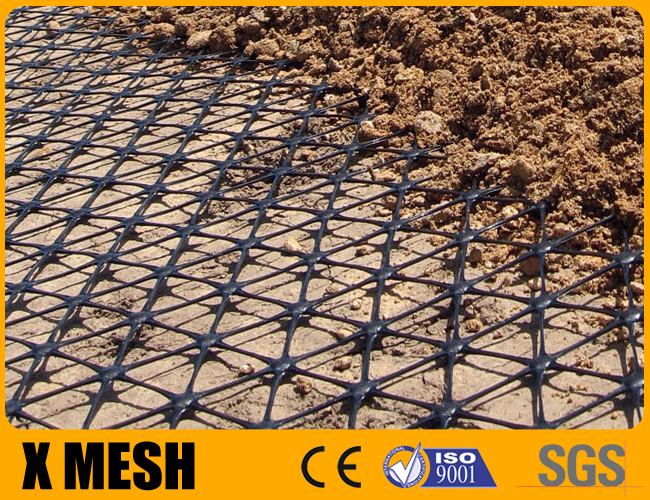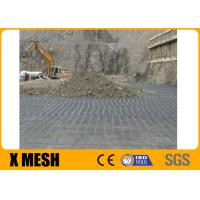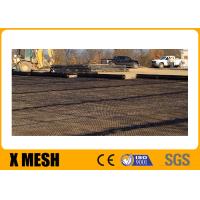Anping Yuanfengrun Mesh Products Co., Ltd.
Qijie's parent company Anping Shenghe Metal Wire Mesh MFG Co., Ltd
was set up in 1999. It is located in Anping, which has a reputation
of "home of wire mesh" in China. Qijie is particularly established
for export by Shenghe. The company implements "one team, two
brands" management system and development strategy! We are a
leading enterprise in this line with a registered capital of
500,000 US dollars, covering 40,000 square meters, has 3 plant
areas, 30 stainless steel woven mesh machines, 18 welded wire mesh
machines, 8 cutting and flattening mesh machines, and 2 automatic
PVC coating lines, with annual amount of more than $ 20 million.
The main products are stainless steel insect mesh, fence panels,
chain link fence, gabion baskets, woven screening mesh, welded wire
mesh, expanded metal mesh, perforated metal and various wire
products. Our main aim is to ensure customer satisfaction by
providing superior quality products at reasonable prices. We use
meticulous quality control procedures and analysis in order to
ensure our products meet the international standards. A combination
of competitive prices, on-time delivery and quality guarantee will
make us our customer's best choice.













